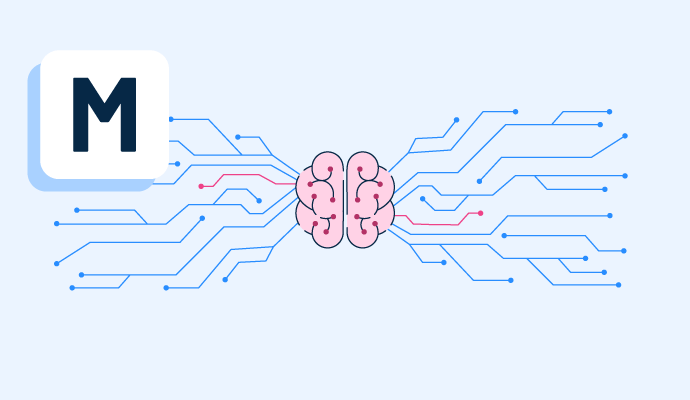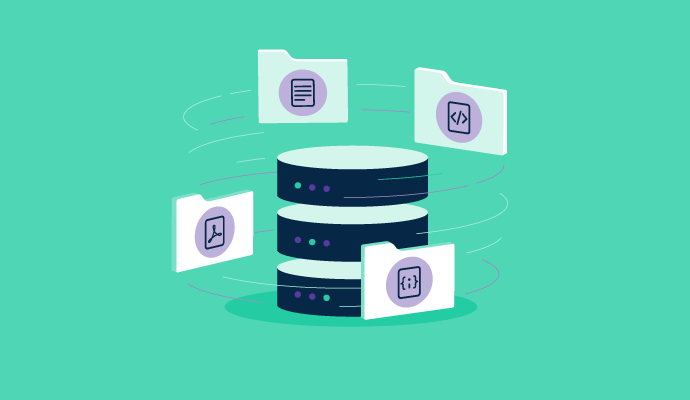What is media access control?
Media access control (MAC) is a sublayer of the data link layer (DLL) in the seven-layer open system interconnections (OSI) reference model for data transmission. The OSI model provides a standard so that different computer systems can communicate with each other. Media access control (also known as the MAC protocol) facilitates data transfer between two devices on the same network. It also prevents collisions, which occur when two or more terminals transmit data simultaneously and may lead to a breakdown in communication.
Companies transmitting large amounts of data can use database security software to secure various types of data, from individual messages to entire databases. Additional benefits of data security software include securing confidential data, preventing data loss, and ensuring compliance. Many countries may not require data security standards; however, every company should do everything possible to keep data safe and secure.
How media access control works
Within the seven layers of the OSI model, the media access control sublayer controls hardware responsible for communication with a wired, wireless, or optical transmission medium. It’s also responsible for ensuring the delivery of data without collisions, errors, or glitches. Basically, it controls which computer on the network uses the media at any given moment. Then, it implements the proper media control method according to the network architecture.
The media access control layer receives data from the layer immediately above it (usually the logical link control or LLC layer), which is media independent. It also reframes it by adding a source and destination physical address or MAC address (the hardware addresses of Ethernet network adapters) to the frame for transmission.
Functions of the media access control sublayer
As mentioned above, the media access control sublayer is part of the OSI model, a universal language for computer networking. The data link layer is the second lowest layer of the OSI model, and the media access control sublayer is part of the two-sublayer scheme of the data link layer. The other part of the data link layer is the logical link control (LLC) sublayer, which acts as an interface between the lower MAC sublayer and network layer during data transfer.
A few vital functions of the media access control sublayer include:
- Providing an abstraction of the physical layer to the upper layers of the OSI model.
- Encapsulating frames so that they’re suitable for transmission via the physical medium.
- Determining the channel access methods for transmission.
- Initiating retransmission in case of collisions and performing collision resolution.
- Generating frame check sequences to protect against transmission errors.
Media access control methods
The four methods by which data transmission avoids collisions are:
- Carrier sense multiple access with collision avoidance (CSMA/CA). This method minimizes the chances of a collision when two or more stations send their signals over a data link layer. Multiple access means that many computers are attempting to transmit data. Collision avoidance is when a computer node transmitting data states its intention, and the other node waits a predetermined time before resubmitting the data.
- Carrier sense multiple access with collision detection (CSMA/CD). This method is unlike CSMA/CA in that instead of detecting signal intentions to prevent a collision, it observes them to detect the signal before transmitting. Although it’s not as effective as CSMA/CA in preventing network collisions, it’s much quicker and involves the transmission of fewer data frames.
- Demand priority. This method is an improvement of the carrier sense multiple access with collision testing (CSMA/CT). Demand priority uses an active hub and requires that networks obtain authorization from the hub before data transmission. This MAC control policy also allows for data transmission between two terminals simultaneously without collision.
- Token passing. This method eliminates collisions using a free token (small data frame). Only computers with free tokens may transmit data. In terms of transmission, a network terminal with higher priority takes precedence over one with lower authority. Token passing works best in an environment where transmission occurs for a relatively large number of data frames.
Take security even further by finding the best data center security software to protect on-premise computing infrastructure located in data centers.

Amanda Hahn-Peters
Amanda Hahn-Peters is a freelance copywriter for G2. Born and raised in Florida, she graduated from Florida State University with a concentration in Mass Media Studies. When she’s not writing, you’ll find Amanda coaching triathletes, cuddling up with a good book, or at the theater catching the latest musical.

